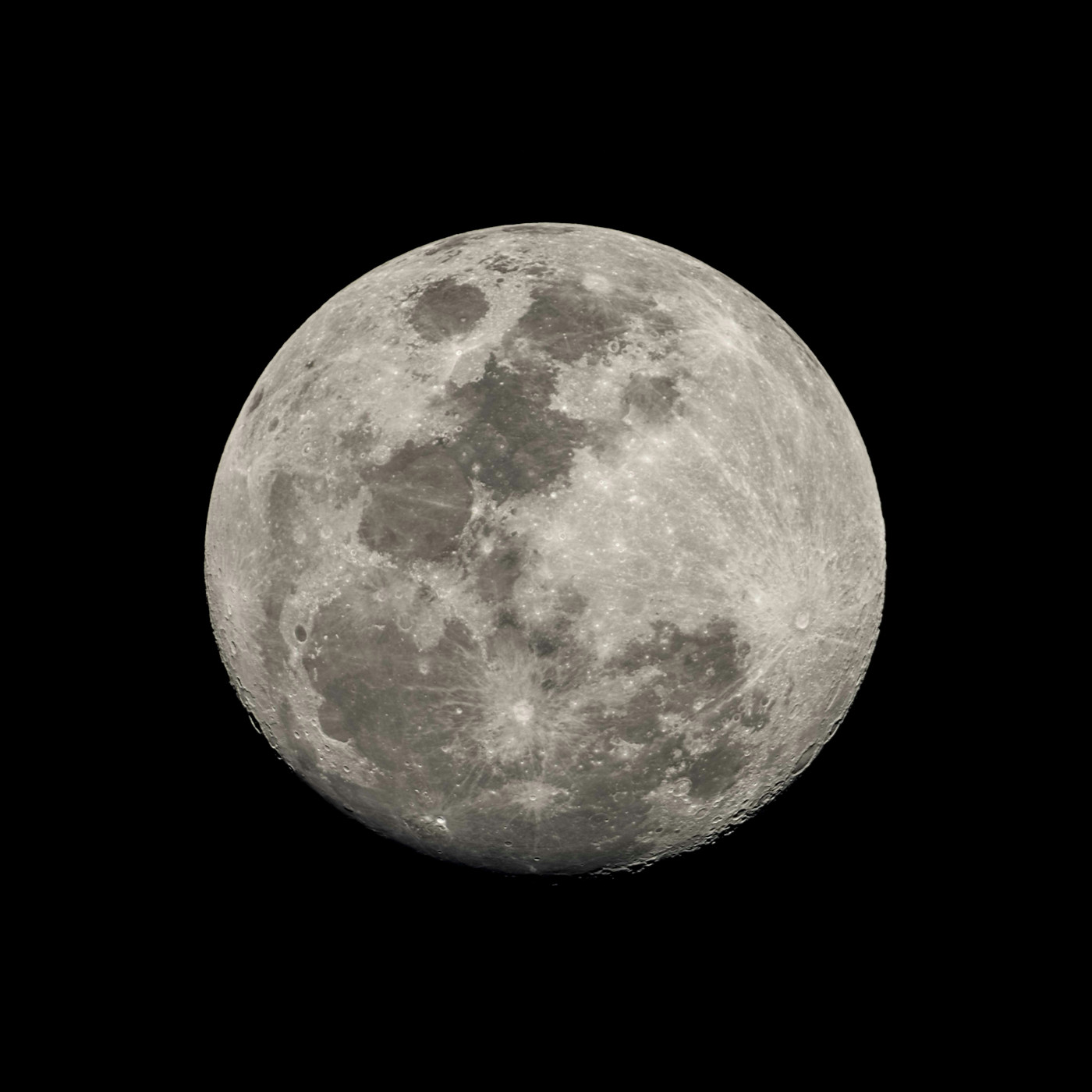Unveiling the Cosmos: Advanced Image Processing Techniques in Astrophotography
Embark on a transformative journey as we delve into the intricacies of image processing in astrophotography. This comprehensive guide will empower you to elevate your celestial captures by employing advanced techniques that bring out the stunning details hidden within your astro-images.
1: Introduction to Image Processing in Astrophotography
1.1 The Art and Science of Enhancement
Explore the dual nature of image processing in astrophotography—balancing scientific accuracy with artistic expression to unveil the beauty of the cosmos.
1.2 Importance of Post-Processing
Understand why post-processing is a critical step in astrophotography, enhancing your raw images to reveal celestial details beyond the capabilities of the camera.
2: Raw Image Calibration
2.1 Bias, Dark, and Flat Frames
Dive into the foundational steps of image calibration, addressing the impact of electronic noise, thermal variations, and optical imperfections to improve image quality.
2.2 Calibration Frame Integration
Learn how to integrate calibration frames seamlessly into your workflow, ensuring a clean and accurate foundation for subsequent processing.
3: Stacking Techniques for Astrophotography
3.1 Benefits of Image Stacking
Uncover the advantages of stacking multiple frames, including increased signal-to-noise ratio, reduction of random noise, and enhanced clarity in your final astro-images.
3.2 Stacking Software Overview
Explore popular stacking software options such as DeepSkyStacker and Sequator, understanding their features and optimal use for different astrophotography scenarios.
4: Dynamic Range Enhancement
4.1 HDR Imaging Techniques
Delve into High Dynamic Range (HDR) imaging to capture the full breadth of brightness levels in celestial objects, from the dimmest stars to the brightest nebulae.
4.2 Multi-Exposure Blending
Master the art of blending multiple exposures to preserve details in both well-lit and shadowed areas, creating visually stunning and balanced astrophotographs.
5: Color Calibration and Enhancement
5.1 Color Balancing Techniques
Achieve true-to-life color representation by calibrating and balancing color channels, ensuring accuracy in portraying the hues of celestial objects.
5.2 Saturation and Vibrance Adjustment
Explore methods to enhance color vibrancy without sacrificing naturalness, striking a balance that captivates the viewer.
6: Deconvolution for Image Sharpness
6.1 Introduction to Deconvolution
Understand the principles of deconvolution and how it can be applied to improve image sharpness, bringing out fine details in your astro-photographs.
6.2 Deconvolution Tools and Parameters
Explore deconvolution tools in software like PixInsight, maximizing their potential while avoiding common pitfalls.
7: Final Touches and Artistic Rendering
7.1 Noise Reduction Techniques
Fine-tune your images by implementing advanced noise reduction techniques, ensuring smooth backgrounds and preserving intricate details.
7.2 Artistic Rendering and Personal Style
Discover how to infuse your personal style into your astrophotography, creating visually compelling images that reflect your unique perspective.
Crafting Cosmic Masterpieces
As you embark on your journey of advanced image processing in astrophotography, remember that each photograph is a unique expression of the cosmic wonders. May your processing techniques unveil the beauty of the cosmos and inspire others to explore the boundless realms above. Happy processing!
